The Island of Capri is an Italian paradise located in the Gulf of Naples. Famous for its unparalleled beauty and historical wealth, the island maintains a perfect balance between nature and history. Before we delve into exploration, let’s unlock the doors to this enchanting island with this guide we’ve written.
Capri is situated just 30 km off the coast of downtown Naples. The island, accessible only by sea, can be reached via ferries and water taxis departing from Naples’ Molo Beverello Port. With its majestic shores and turquoise waters, Capri offers an unforgettable experience even just in transit.
In this article, we will take a detailed look at the history, natural beauty, and significant structures of the Island of Capri. This story, stretching from the Ancient Roman era to the present day, awaits those eager to explore the island’s unique atmosphere.
Table of Contents
Where is the Island of Capri?
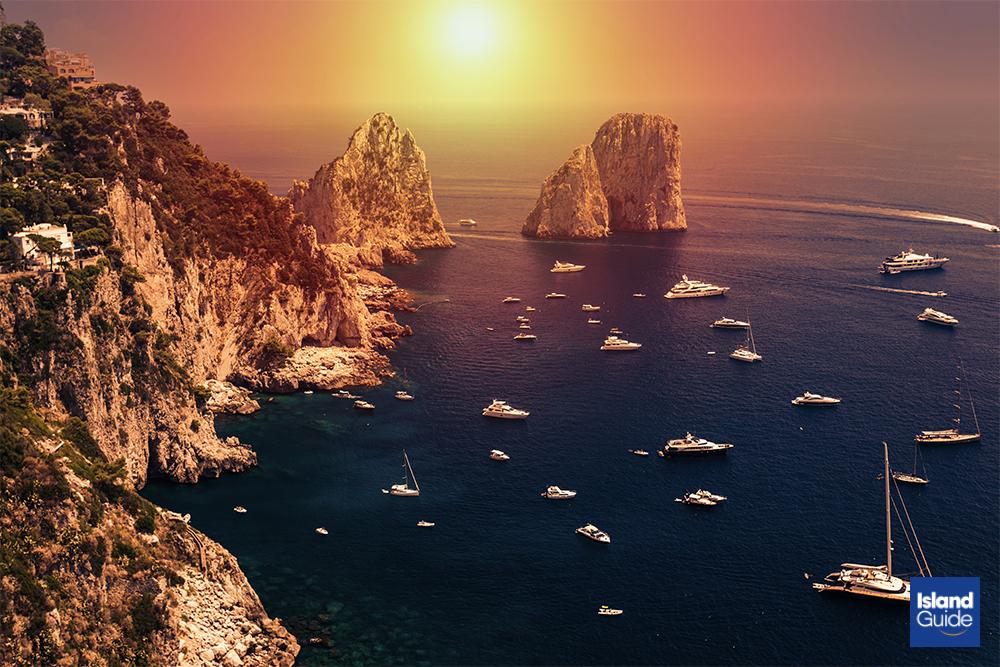
The Island of Capri is located in the Gulf of Naples, just 30 km off the coast of Naples, in the southwest of Italy. This unique island can be accessed by ferries and water taxi services organized from Naples’ Molo Beverello Port.
Naples serves as the main departure point to reach Capri. Getting to Molo Beverello Port from the city center of Naples is quite straightforward, and the ferry services from this port facilitate the crossing to Capri. Ferries usually run at regular intervals, making the journey from Naples to Capri both convenient and enjoyable.
Due to its location, the Island of Capri is not only surrounded by natural beauty but also enveloped in the historical atmosphere of Naples, making it an oasis-like retreat. With these characteristics, Capri offers its visitors an unforgettable experience.
How to Get to the Island of Capri?
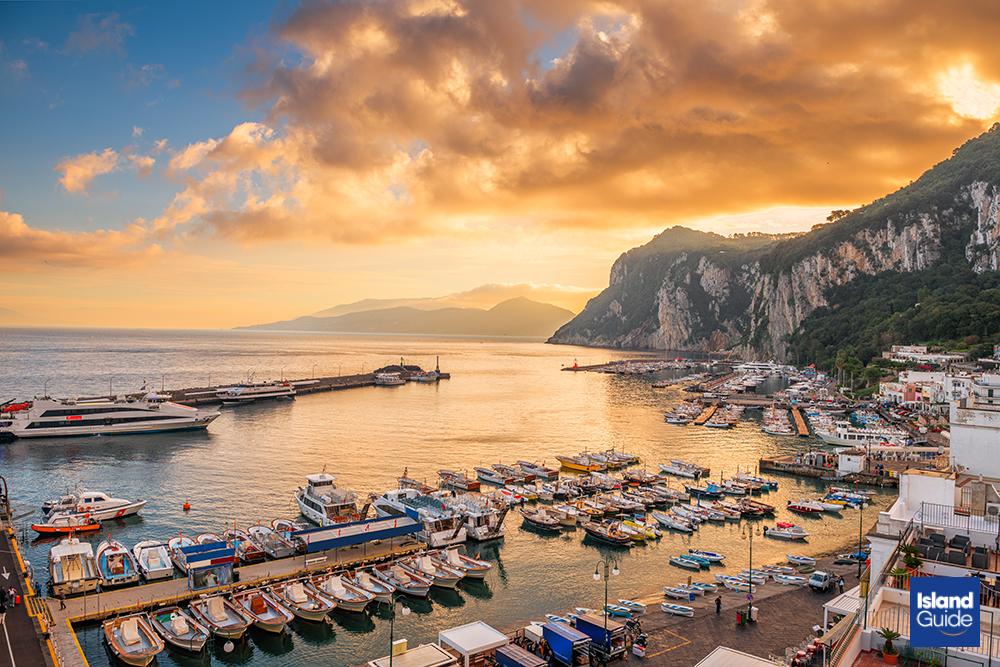
Reaching the Island of Capri offers a delightful experience. From the city center of Naples, you can travel to the island via ferries and water taxi services departing from Molo Beverello Port. Naples’ central location facilitates transportation and offers visitors a variety of options.
Ferries
The ferries from Naples’ Molo Beverello Port to Capri are one of the most common transportation options. Ferry services usually run from the early hours of the morning until the evening. These ferries offer tremendous views for visitors who wish to see the island’s beauty from the sea.
Water Taxis
For those looking for a faster and more private mode of transportation, water taxis are available. These taxis can get you from Naples to Capri in a shorter time. Additionally, private tours can be organized with water taxis to explore the surrounding islands as well.
Getting to the Island of Capri begins with an unforgettable journey from Naples’ historic and vibrant port for those wanting to immerse themselves in the island’s mystical atmosphere. Although there is a wide range of transportation options, ferries and water taxis stand out as the most popular and comfortable means to reach the island.
History of the Island of Capri
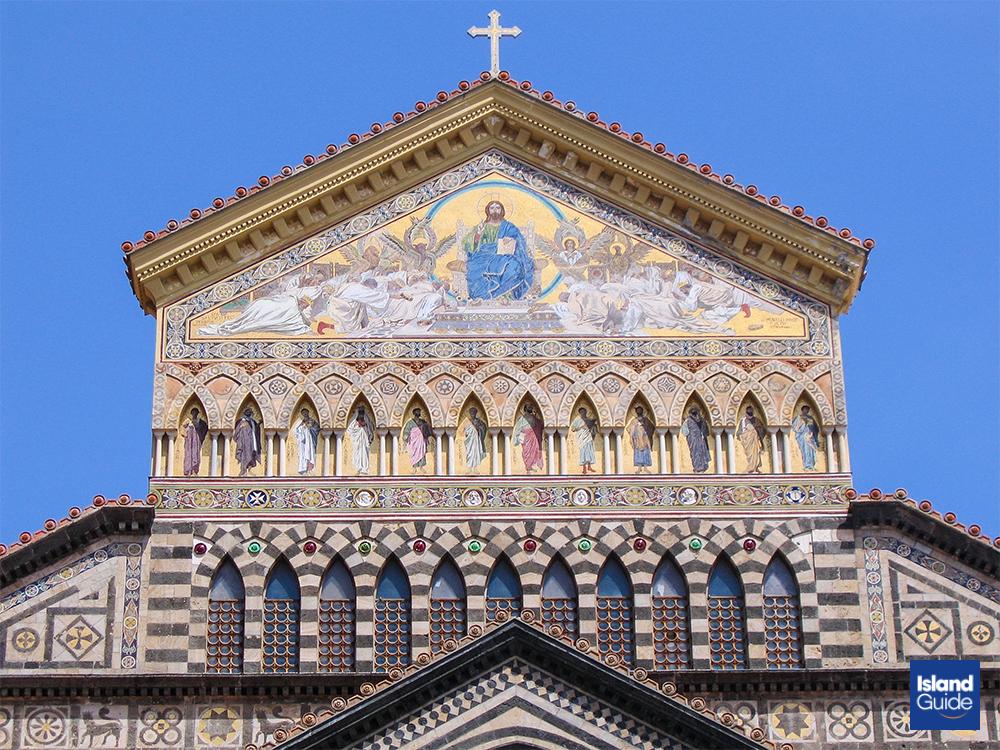
The history of the Island of Capri dates back to the Ancient Roman period. The wealthy aristocrats of the Roman Empire favored Capri as a summer retreat and luxurious residence. The island, which has attracted the interest of many civilizations since ancient times, has witnessed a series of significant events throughout history.
During the Ancient Roman period, Capri was known as the secondary residence of Emperor Tiberius. In the 1st century AD, Tiberius would often retreat to Capri to escape the turmoil of Rome. By constructing the Villa of Tiberius on the island, named after himself, he transformed Capri into one of the political and cultural centers of the Roman Empire.
Throughout the Middle Ages, Capri was subjected to Barbarian invasions and frequently fell victim to overseas incursions. However, despite these challenging periods, the island’s historical wealth and strategic location persisted.
During the Renaissance, Capri became a source of inspiration for artists, writers, and scientists. By the late 19th century, many artists and intellectuals were drawn to Capri’s unique beauty and produced artistic projects on the island.
Today, the Island of Capri continues to be a captivating destination for history enthusiasts and culture aficionados, with its rich historical heritage and ancient traces.
What Are the Structures on the Island of Capri?
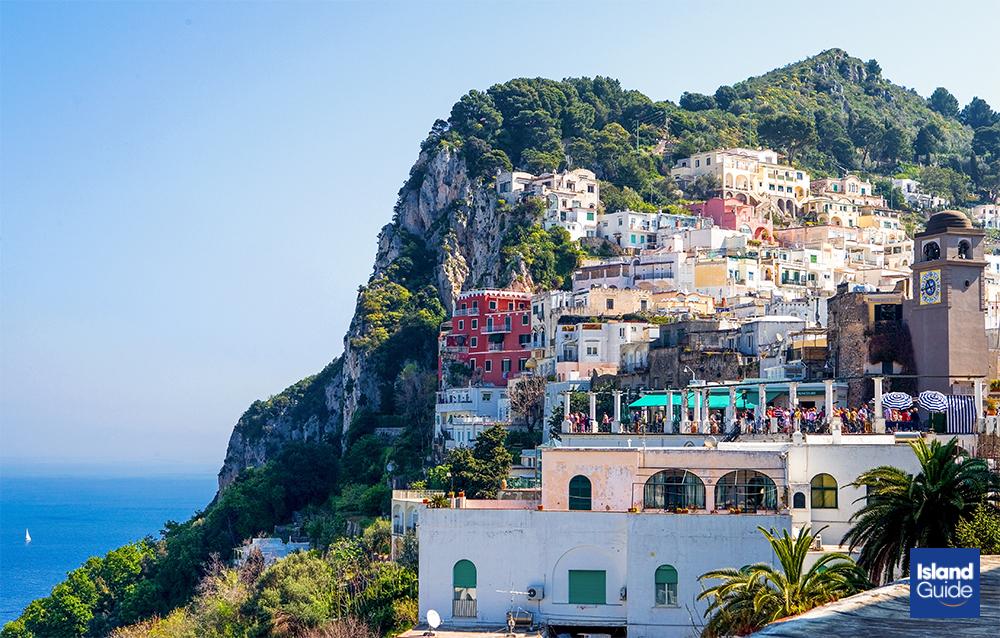
The Island of Capri is notable for its distinctive architecture and historical structures. Many structures built throughout the island’s history offer visitors the opportunity to trace the past. Here are some significant structures on the Island of Capri:
Villa of Tiberius
The Villa of Tiberius, the second residence of the Ancient Roman Emperor Tiberius on Capri, is one of the island’s most important historical structures. The villa is situated on a high cliff, commanding a position overlooking the sea.
Gardens of Augustus
Located in the southwest of Capri, the Gardens of Augustus are a botanical garden offering breathtaking views. Colorful flowers, tropical plants, and traces from the ancient Roman period are elements that impress visitors.
Villa San Michele
Situated in the town of Anacapri, Villa San Michele was built by the Swedish writer and doctor Axel Munthe. The villa is known for its ancient ruins, art pieces, and beautiful gardens.
Cathedral of Capri (Cattedrale di Capri)
The cathedral, located in the city center of Capri, is one of the island’s religious and cultural centers. Built in the Baroque style, the cathedral holds historical and artistic significance.
Villa Jovis
Another villa of Tiberius, Villa Jovis, is situated on a high hill in the eastern part of the island. Used as the emperor’s private residence, this villa commands an impressive position with sweeping views of the sea.
The structures on the Island of Capri are significant stops for visitors wanting to explore the island’s history, culture, and architecture. Each of these structures, carrying a unique story, transports the traces of Capri’s history into the present day.
What is the Significance of the Island of Capri?
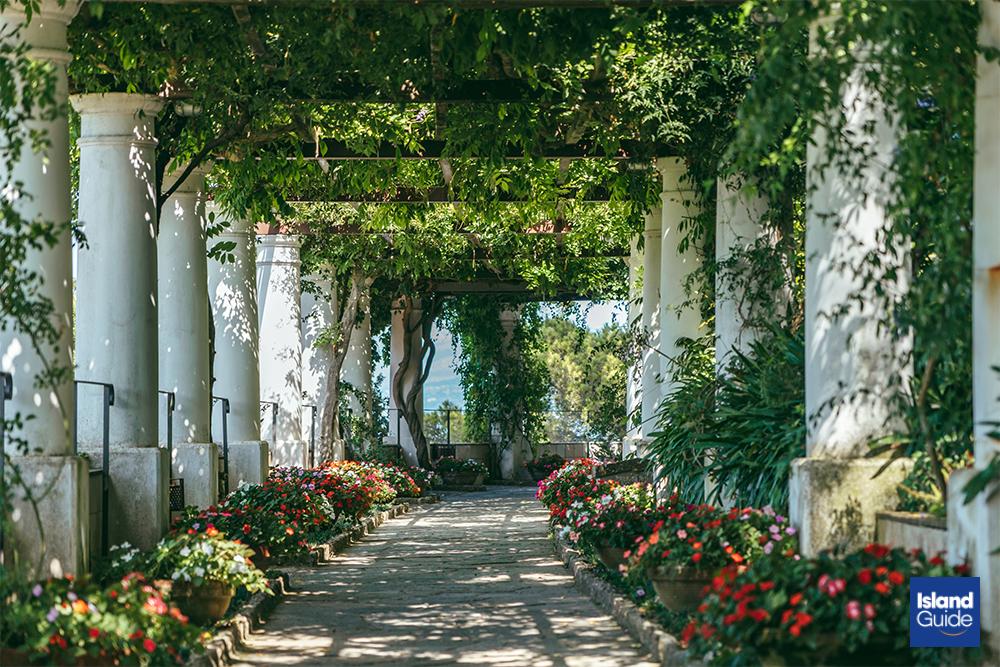
The Island of Capri holds great significance for lovers of history, culture, and nature. This small island stands out for several reasons:
Historical Richness
Capri has a rich historical heritage dating back to the Ancient Roman period. Villas used as summer residences by Roman Emperor Tiberius play a significant role in the island’s history.
Cultural Appeal
Capri has attracted numerous artists, writers, and thinkers. Many works of art and cultural events have emerged, inspired by the island’s atmosphere from the Renaissance to the present day.
Natural Beauty
The island’s stunning coastal landscapes, clear seawater, caves, and colorful gardens contribute to Capri’s natural allure. These features make the island attractive not only from a historical standpoint but also for nature tourism.
Cultural Interaction
Throughout history, Capri has been open to the influence of different civilizations. This has enhanced the architectural wealth and cultural diversity of the island.
Aesthetic and Artistic Value
The structures, gardens, and vistas on the island hold great aesthetic and artistic value. These aspects demonstrate that Capri is not just a historical location but also a center for art and aesthetics.
With all these attributes, the Island of Capri offers a unique experience to its visitors. Its natural beauty, historical legacy, and cultural richness make Capri one of Italy’s premier tourist destinations.
Conclusion
The Island of Capri shines in the Gulf of Naples, offering its visitors an unforgettable experience. Filled with historical treasures, natural beauty, and cultural diversity, the island forms a unique bridge between the past and the present. Its history, stretching from the Ancient Roman era to today, is adorned with the summer residences of emperors, magnificent gardens, and impressive cathedrals.
Accessible by ferries or water taxis from Naples, Capri presents a perfect blend of history and nature. From the villas of Emperor Tiberius to Axel Munthe’s Villa San Michele, each structure tells the rich history of the island.
The significance of Capri lies not only in its historical and cultural heritage but also in its natural splendors. Colorful flower gardens, limestone cliffs, and the clear waters of the Mediterranean create a mystical atmosphere around the island.
In conclusion, the Island of Capri is a paradise for history and nature enthusiasts and a source of inspiration for lovers of art and culture. Every moment where the past meets the present on this unique island offers unforgettable memories and discoveries. Capri is one of Italy’s enchanting treasures, and it’s an invitation to explore the vast riches found on this small island.
Frequently Asked Questions
Capri is often preferred during the spring and autumn months, between May and September, due to its mild climate and lower tourist congestion. However, the island’s beauties offer a pleasant visit in every season.
To reach Capri from Naples, there are ferries and water taxi services departing from Molo Beverello Port. Ferries usually operate regularly from the early hours of the morning until the evening.
Among the places to visit in Capri are structures of historical and cultural significance such as the Villa of Tiberius, Gardens of Augustus, Villa San Michele, Cathedral of Capri, and Villa Damecuta in Anacapri.
The Island of Capri offers a variety of accommodation options, ranging from luxury hotels to boutique guesthouses. There are lodging opportunities available in both the central and coastal areas of the island.
On the island, you can participate in numerous activities such as nature walks, boat tours, shopping, trying local delicacies, and exploring historical sites. Additionally, relaxing on the beautiful beaches is also a pleasant option.
To learn more about the Island of Capri, you can review these frequently asked questions and arrange a visit that suits your plans.




